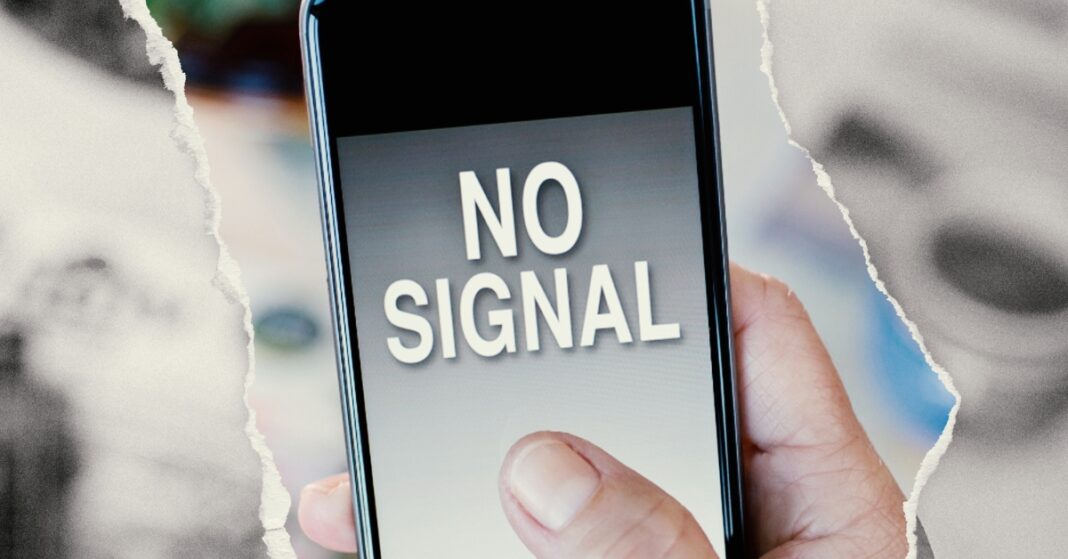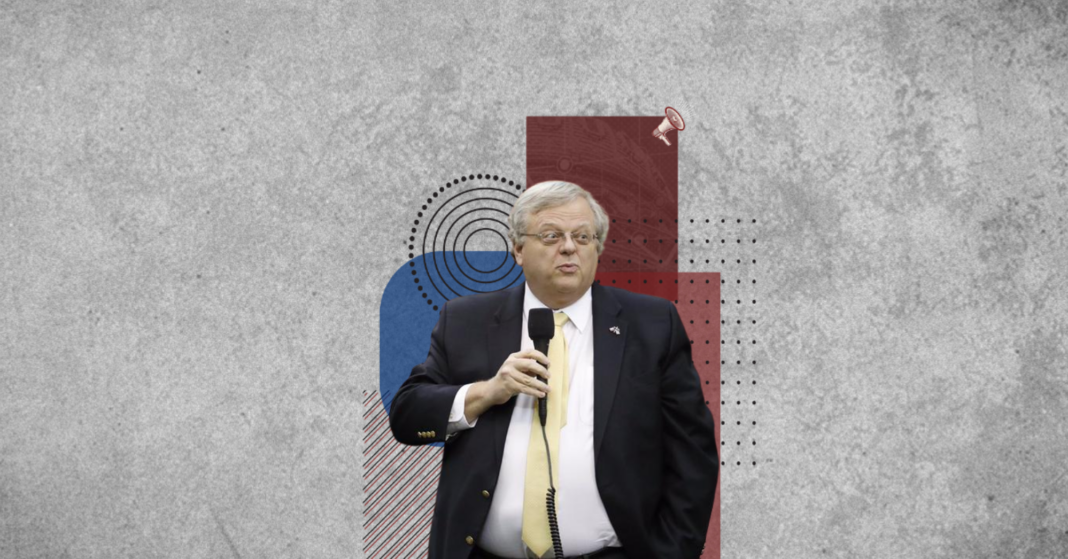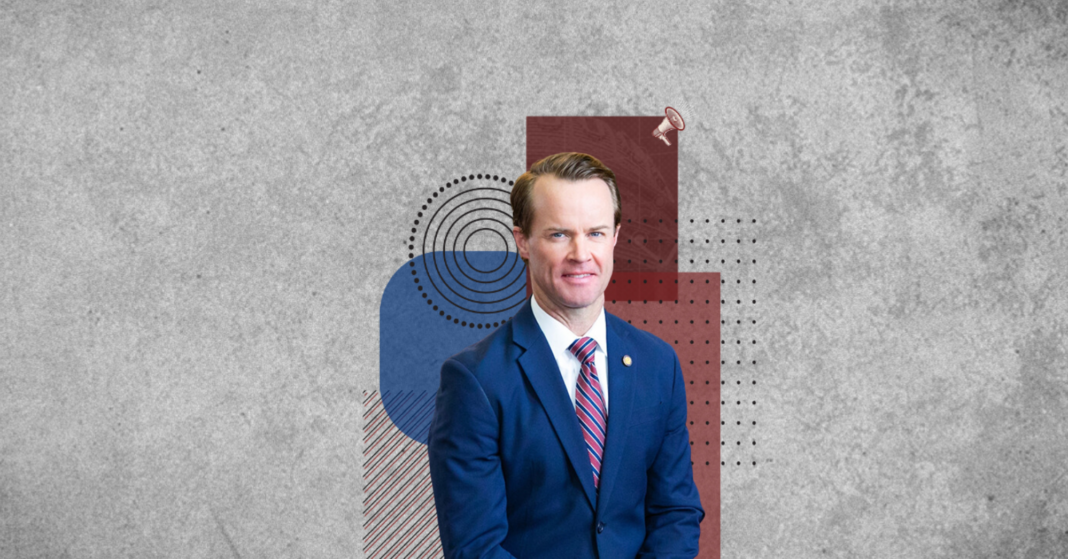Historic investment in a new Broadband fund connects the Lone Star State, however, advocates worry that the maps that will help establish which communities get funding aren’t completely accurate.
Texas lawmakers passed the momentous bill, filed by Lufkin Rep.Trent Ashby, which allocates $1.5 billion to expand internet availability across the state through the new Broadband Infrastructure Fund.
If approved by voters in November, this money will be added to the underdetermined amount of federal money that the state will receive. The allocation is lined-up to be announced by June 30.
The funds will be distributed based on the locations where the broadband maps show service is needed, these are primarily rural areas, where progress in development has been halted due to lack of funds. According to the data submitted to the state comptroller’s office, there have been more than 2,200 challenges filed to the state’s map.
A drive around Floydada reveals the town isn’t as well connected to the World Wide Web, as the bright blue spots on the Texas Broadband Development Map indicate it is.
“In the city itself, we have decent coverage,” explained Ryan Crowe, executive director for the Floydada Economic Development Corp, to the Texas Tribune. “But it seems like you get right outside of the city and it’s going to drop off to nothing.”
The accuracy of the state’s broadband map has been questioned by Texans across the state; they disagreed with the results from the maps, saying they don’t have service where the map says they do.
In addition to this, there have been doubts about the accuracy of the federal broadband map as well, which determines how much broadband funding each state will receive from the bipartisan infrastructure law passed in 2021.
“There’s no way Floydada is as covered as it says it is, it just can’t be,” Crowe told the Texas Tribune as he looked over the recently updated FCC map.
With 7 million Texans that need to be connected and billions in funding on the line, Broadband service providers and local officials are worried about how far they could stretch the funding and whether the service will reach the places that need it the most.
“There’s a lack of understanding on what the solution is going to be in the rural areas,” said Charlie Cano, CEO of Etex Telephone Cooperative, to the Tribune. “The problem is going to be ongoing support and maintenance.”
Ashby had initially proposed a $5 billion dollar budget using the state’s Economic Stabilization Fund, also known as the rainy day fund. However, during negotiations, the Legislature decided to use the state’s general operating fund, putting a limit on how much money could be used for broadband.
“Given the reliance on General Revenue to fund our state’s existing obligations, we needed to be as conservative as possible with state resources,” Ashby said in an emailed statement. “That said, I’m pleased that we were able to dedicate $1.5 billion in state funds to help expand broadband and telecommunications services across the state.”
According to Texas Comptroller Glenn Hegar, who also oversees the Broadband Development Office, which was established during the 2021 regular legislative session, the plan to connect the entire state will take a lot more time and will need more funding than what was approved this session. Supply chain and labor shortages nationwide are also contributing factors to the slowed-down process.
“This is a 10-year-window project, in my opinion, so this will be an ongoing process to get the state connected,” Hegar told the Tribune. “It’s really impossible to get all of this done, with all the internet providers we will be working with, to get it accomplished in a two-year window for the next biennium.”
This session the Legislature passed SB 1238 that forces the Broadband Development Office to prioritize infrastructure projects that use fiber technology. While fiber can deliver speeds significantly higher than DSL or satellite, the developmental costs may be unattainable in rural areas.
“The reality is that you’re going to spend all your money really fast if that’s what you do,” Hegar told the Tribune. “So, you’ve got to have a backup plan or drop-down menu.”
The bill does allow the state to consider alternative technologies in high-cost areas. Hegar stressed that using alternatives will increase availability to areas where fiber may not be available.
The executive director for Texas Rural Funders, Kelty Garbee said, while there are “exceptional” resources and funds available now, the mindset is to use it wisely.
“This is a once-in-a-lifetime opportunity to increase access to broadband,” Garbee told the Texas Tribune. “We hope the Broadband Development Office will use its data and mapping tools to develop a grant process that provides those resources to areas of the state that are least likely to receive broadband without the extra support.”
These funds will have a greater impact in areas with little to no broadband service, Gabree told the Tribune. One of those places is Floydada. A small town with approximately 2,700 people is referred to as the Pumpkin Capital of Texas because of its flourishing pumpkin crop. The same can’t be said about the broadband connection in the town or in Floyd County as a whole.
“It’s the times that you don’t have it that you notice it the most,” Crowe told the Texas Tribune. “We need to think of broadband like we do any utility, it’s the same as water or electricity. This is how you communicate, it’s no longer a luxury.”
The map shows that the region known as the Texas Triangle, which include Dallas, Fort Worth, Austin, San Antonio and Houston, are largely connected. The areas that need the service connection exist outside of that triangle, mostly in rural areas.
“There’s very large pockets of red, so more has to be done,” Crowe said, referring to red dots on the map that show unconnected communities. “There’s not many of us out here, but those of us who are, need to have access.”
The latest Federal Communications Committee map shows that 8.3 million households and businesses nationwide lack access to high-speed internet. Approximately 9% of those households and businesses are in Texas.
There have been 330,000 additions to the map, with 23,500 in Texas.
The data comes directly from internet service providers and many question the accuracy of that information. While the additional locations are improving, the federal and state map continues to face scrutiny.
“I still question the speeds they are claiming to be able to deliver,” Cano said. “We are in the wooded parts of East Texas where it really degrades the signals through the trees.”
The state continues to review thousands of challenges to its maps that have been submitted. According to a statement released by the FCC Chair Jessica Rosenworcel, the commission will continue to accept map challengers and will release another map in the spring.








